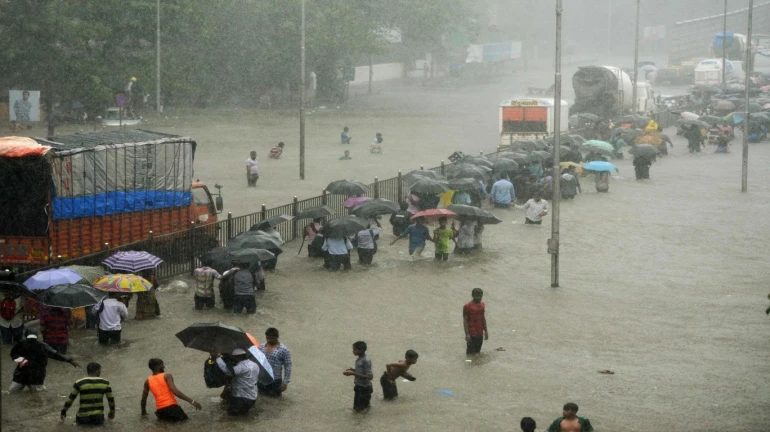
Soon, Mumbaikars will receive live rainfall updates every 15-30 minutes on their cell phones as the Ministry of Earth Sciences (MoES) is planning to set up a mega network of 200 to 250 Automatic Rain Gauges (ARG) across Mumbai by June this year. This will keep Mumbaikars updated about rainfall in a particular locality and will help them keep a check on the water levels.
MoES along with Indian Institute of Tropical Meteorology (IITM), Pune, and Brihanmumbai Municipal Corporation (BMC), will be installing and maintaining these rain gauges.
M Rajeevan, secretary, MoES, told The Indian Express,
IITM is designing and working to establish a network of at least 200 to 250 ARGs in Mumbai that will provide real-time rainfall information. Additionally, we also plan to install a radar that will also supply rainfall details for every one-kilometre area. These two data sets will be combined to prepare a spatial map, using which live rainfall details can be shared with people. For effective use, we are introducing these services on mobile phone platforms.”
Currently, in Colaba and Santacruz observatories, the Indian Meteorological Department (IMD) owns two ARGs and the BMC too has a handful of rain gauges that were installed after 2005 deluge.
MoES secretary told The Indian Express,
It is true that we have a limited number of Automatic Weather Stations and AWGs in our cities and we are consciously working to increase our network under the Urban Meteorology project. Initially, it will be undertaken in metros like Delhi, Mumbai, Kolkata, and Chennai.”
With this network, it will be possible to get an overall picture of every locality. This information can then be sent to alert people and can be used in improving preparedness. Once fully operational, we can even attempt to predict water levels in the city during the rainy season. This task is very complicated as we will also need to study the area’s topography, its drainage system, sea tides in case of coastal cities, along with rainfall but people need such customised services,” added Rajeevan.





